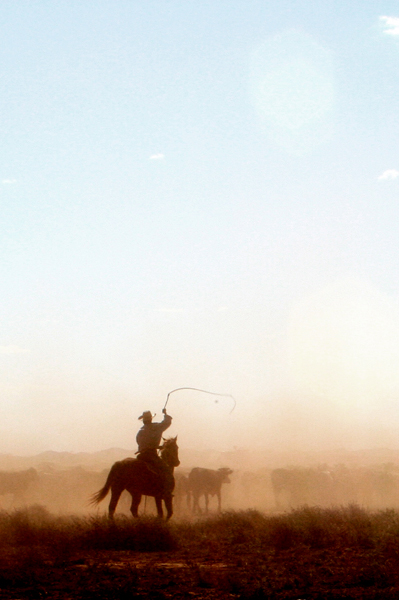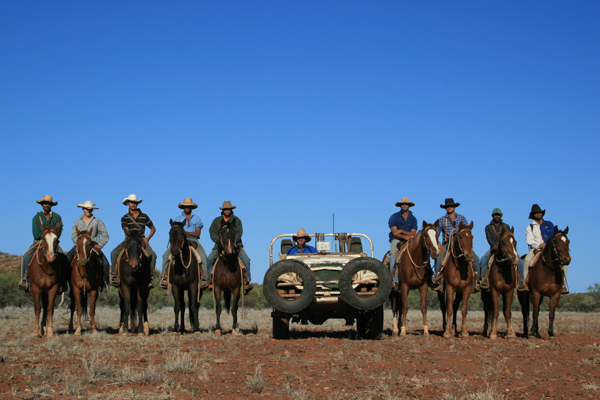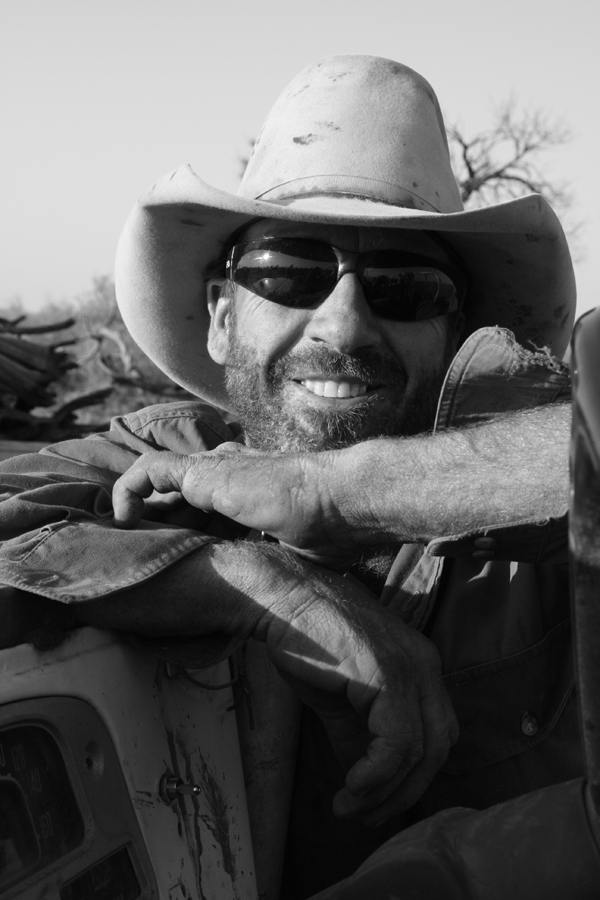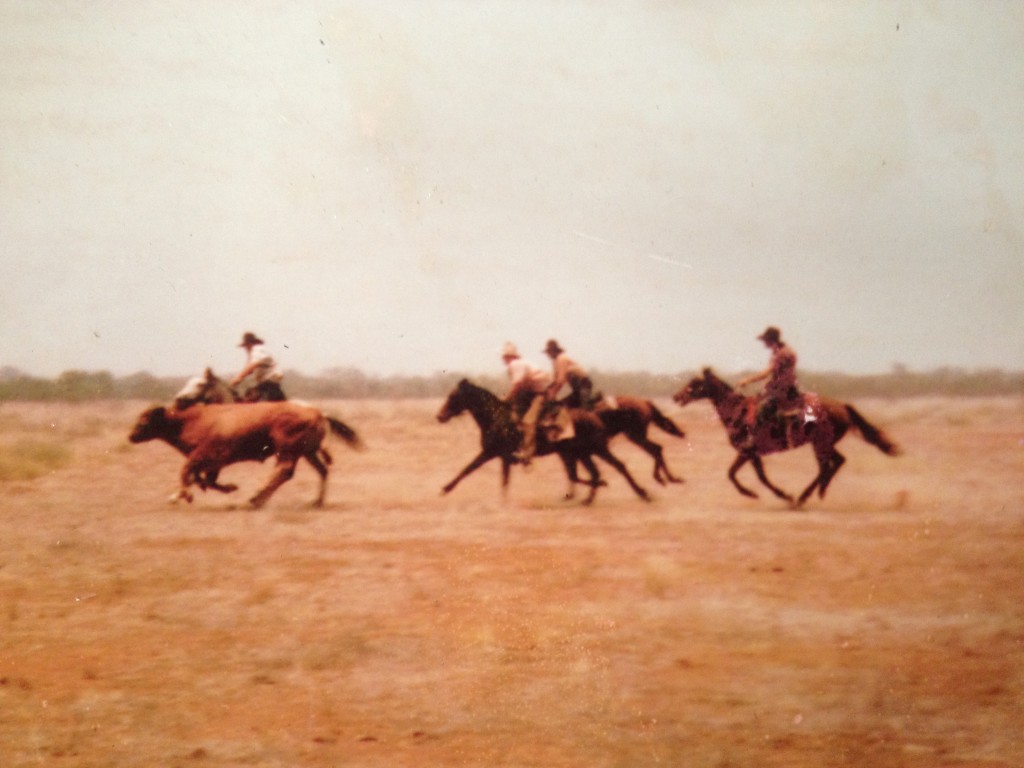Saddle Up!
Host: Lochon Contracting
Written by Tini O’Loughlin – Owner, Lochon Contracting.
There are various answers as to why we catch bulls.
Kimberley cattle stations can be as big as one or two million acres (and bigger), with cattle spread all over the place. Creeks and rivers, thick bush and mountain ranges, sandy deserts and salt flats can make certain parts of a station inaccessible. Not all corners can be reached by road. Helicopters are often the only force during a muster. While cattle in general tend to stay in mobs and therefore follow a herd that is being pushed by a chopper, male cattle can be quite hot headed and stubborn, but also smart and creative. Some of these bulls and mickeys get left behind, simply because they don’t want to go. They hide in creek beds and under big leafy trees or stand in the middle of a flat just staring at the helicopter. There is only so much a chopper can do without losing the main herd, which is their priority.
In these particularly impenetrable areas of a station, where cleanskin bulls roam that have been getting away with their little tricks for years, it is a good idea to bring in a buggie and a small 4×4 truck to take these scrubbers out of their scrub.
Some stations in the Kimberley have been reverted to a National Reserve with native wildlife dominating the landscape. With a history as a cattle station however, and neighboring places still operating as such, the place must be cleared of all cattle first before the kangaroos can reign again. If these properties haven’t been mustered regularly for some time, many of the cattle would be cleanskins. They would have never seen a helicopter and would have never been mustered. This is paradise for cleanskin bulls and it is the right time and the right place for the bull catcher to come in and take control of the situation.
No cattle station wants too many cleanskin bulls on their place. These bulls teach younger mickeys their behavioral pattern, thus spoiling them, they stir up cattle during a muster, and they can jumble the healthy cow-bull ratio on a cattle station. Sometimes it is simply unavoidable to catch wild bulls.
Now, do you remember my tight grip I had on the buggie as Locky chased the big bull with the sharp horns?
Well, it hasn’t always been like that.
A few good years ago, when most stations still mustered on horseback, ringers lived in their saddle for most of the year, they formed a unity with their horses. A horse plant had to be brought along as each ringer had to swap their horse every so often to give them a spell. The ringers mustered the free ranging cattle, held them and walked the growing mob. A plane gathered cattle from remote areas in the hinterland and brought them in from afar. Stockmen walked them to the nearest yard. These musters took weeks or months.
Bulls were just as headstrong then as they are now, but the methods of getting them (back) into the mob were quite different to today. The ringers didn’t ‘roll’ a bull, they ‘threw’ it. They didn’t hang onto a steering wheel, they hung onto their reins.
In those days, Locky and his mates were “bull mad”. They didn’t let a single one get away. If they saw a bull break out of the mob, they didn’t think twice. They chased the bull for a while, slid out of their saddle and grabbed the bull by the tail. Another ringer had already come in to “work the head”. He distracted the bull and made him turn slightly to the side. That was the moment the tail had to be pulled hard to throw the bull to the ground. He lost balance and fell. The legs were strapped and the horns were tipped (the sharp ends were sawn off). The mob of cattle was then walked to the bull. They unstrapped him and shouldered him back into the mob. By then most bulls had given up and accepted their defeat. The muster could continue, until the next bull challenged the handy horsemen.
Even though most modern ringers have swapped the saddle for an engine with two wheels, planes have been replaced by helicopters and time has become a major factor in the cattle industry, the reality of it all remains the same. The herd has to be mustered and cattle have to be processed. Techniques and operational procedures have changed in the face of challenging demands of the industry, but skills, dedication and an unconditional love for the land keep this wheel spinning and the spirit alive!
Stay tuned,
Tini and Locky





